The Back Room
The Back Room: Spooky Season Shakeups
This week: execs fleeing fairs like haunted houses, who’s burning Hirst drawings?, a Picasso that won’t rest in peace, and much more.
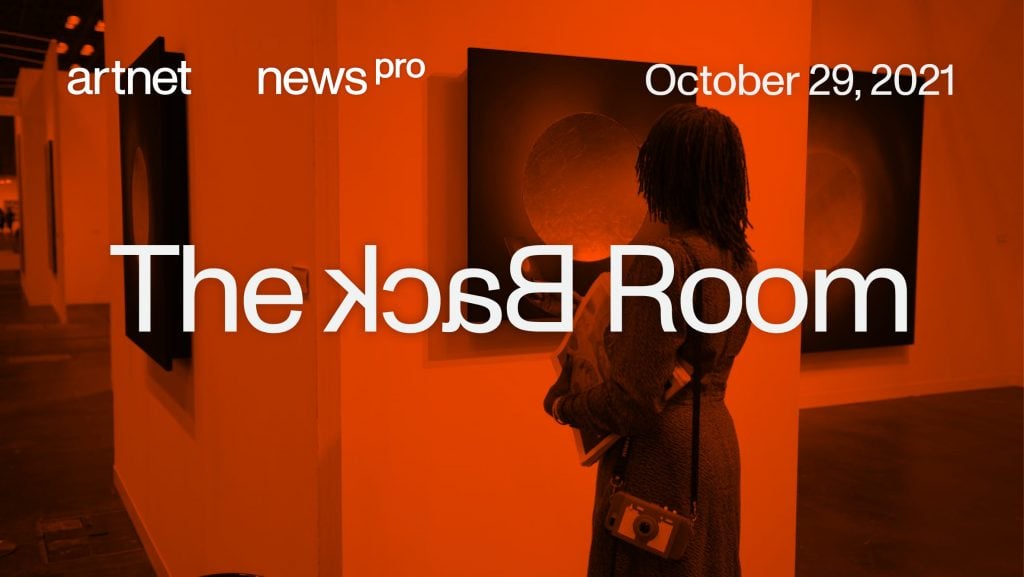
This week: execs fleeing fairs like haunted houses, who’s burning Hirst drawings?, a Picasso that won’t rest in peace, and much more.

Tim Schneider

Every Friday, Artnet News Pro members get exclusive access to the Back Room, our lively recap funneling only the week’s must-know intel into a nimble read you’ll actually enjoy.
This week in the Back Room: execs fleeing fairs like haunted houses, who’s burning Hirst drawings?, a Picasso that won’t rest in peace, and much more—all in a 6-minute read (1,650 words).
____________________________________________________________________________
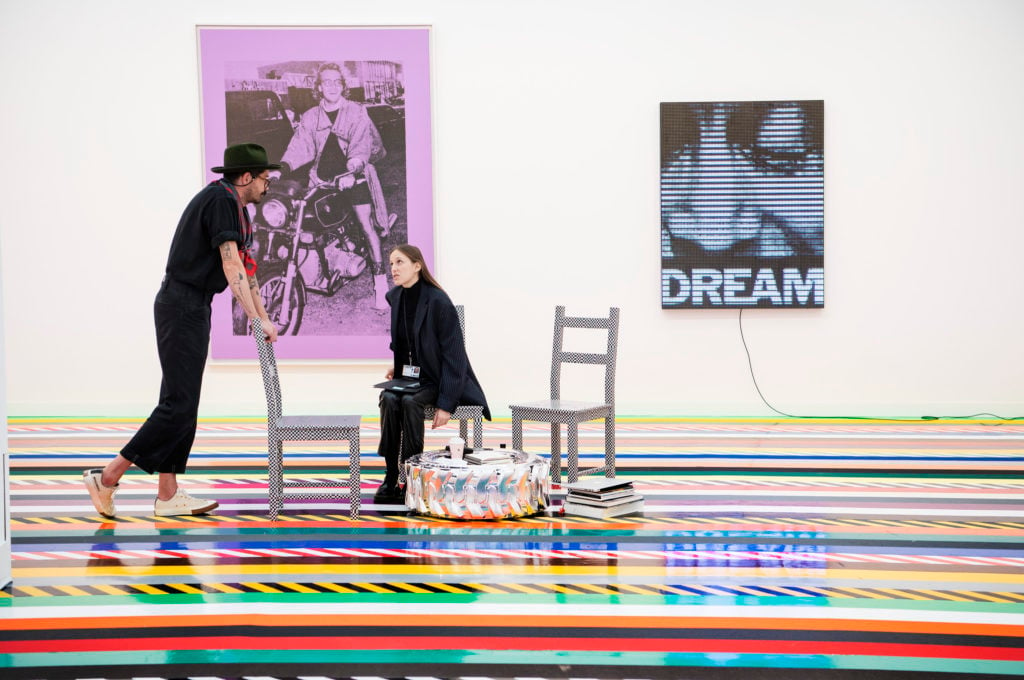
Frieze London in 2019. Photo: Linda Nylind, courtesy of Frieze.
This Halloween, premier art-fair organizers are facing the same existential threat as the beleaguered humans in some of cinema’s most chilling zombie movies: they are losing more and more of their best brains to the predatory forces in a post-pandemic world.
As Katya Kazakina wrote this week, “Several prominent executives at major trade shows including Art Basel, Frieze, and the Armory Show have decamped this year, adding to growing concerns about the future of the business model.”
In one sense, the fairs have been victims of their own success. After years of expansion in the sector (a recent pre-COVID count found over 300 annual art fairs around the world), what looked from the outside like the glamorous, globe-trotting life of an expo exec had proven by 2020 to be a grueling, ever-intensifying, year-round gauntlet that took an especially brutal toll on parents of young children.
Then COVID hit. The sudden need for social-distancing and international travel restrictions delayed or canceled scores of live events between early 2020 and mid-2021. The sudden drought in booth-rental income and ticket sales massacred fair revenues.
Online viewing rooms did little to offset the damage to the fairs’ bottom lines. In most cases, organizers offered digital real estate to exhibitors free of charge as a band-aid for losing out on the event-based sales many dealers had come to rely on.
Meanwhile, most dealers discovered they could survive (and even thrive) without fairs thanks to their drastically reduced costs and other shutdown-era adaptations, such as their own OVRs and new collaborative initiatives.
Now discounts and give-backs to exhibitors are running rampant among fair organizers as they seek to keep newly resilient dealers in the fold amid lingering uncertainty about collectors’ appetite for, and access to, international expos.
Concessions like these are unlikely to continue, especially now that business interests outside of the arts hold significant power over major fairs. The Armory Show is owned outright by real-estate conglomerate Vornado; entertainment giant Endeavor controls 70 percent of Frieze; and James Murdoch’s Lupa Systems recently acquired 49 percent of Art Basel’s parent company, MCH Group.
Industry goodwill almost undoubtedly matters less to these players than balance-sheet health. So reversing the brain drain from the fair ranks may be feasible. It’s just that it will depend as much on the agendas of the money men as on those of art professionals.
____________________________________________________________________________
Small and large fairs alike are moving toward a programmatic Goldilocks Zone, only from opposite directions. Successful boutique events are increasingly searching for ways to spread out their fixed costs (like salaries) and expand their influence beyond what Katya called a “once-a-year mega production,” while the sector’s giants are signaling their intent to leverage digital innovations and collaborative models as their smaller competitors and constituents did to weather the shutdown.
Where each event ends up is still anyone’s guess. But if new ideas are going to be the fairs’ salvation, the pressure to hire a fresh crop of great minds is even more urgent than ever.
____________________________________________________________________________
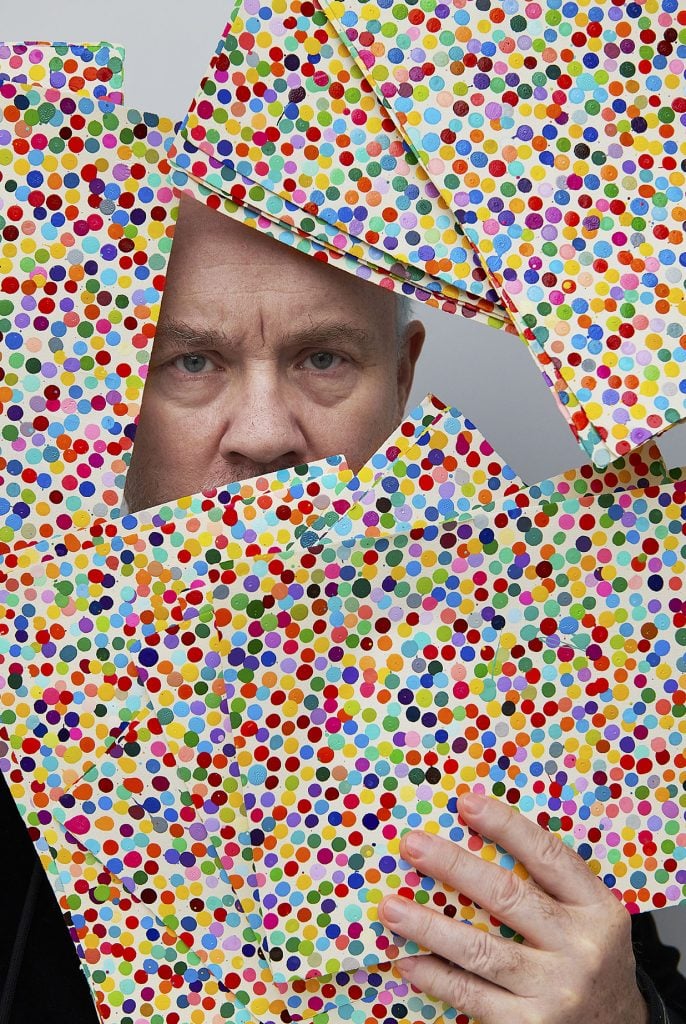
Damien Hirst with works from “The Currency.” Courtesy of the artist.
For the latest Wet Paint, the intrepid Annie Armstrong ventured across New York to find out which way actual buyers of works from Damien Hirst’s NFT project, “The Currency,” are leaning when it comes to the series’s “only one can survive” choice: keep the crypto token and destroy the physical drawing, or the opposite?
Her reporting crescendoed with a (frankly, genius) alternate strategy proposed by one of the most infamous figures in the last decade of the Gotham art scene. (You’ll have to click through for the reveal.)
Wet Paint kept on dripping with gossip about the fresh split between ascendant young artist Pamela Council and her former New York dealer, Denny Dimin, including “one spy reporting a screaming match between the artist and a gallerist at the space, with visitors present.”
Here’s what else made a mark around the industry since last Friday morning…
Art Fairs
Auction Houses
Galleries
Louise Lawler decided her European dealer, Sprüth Magers, will rep her worldwide in her post-Metro Pictures era. (Press Release)
Institutions
NFTs and More
____________________________________________________________________________
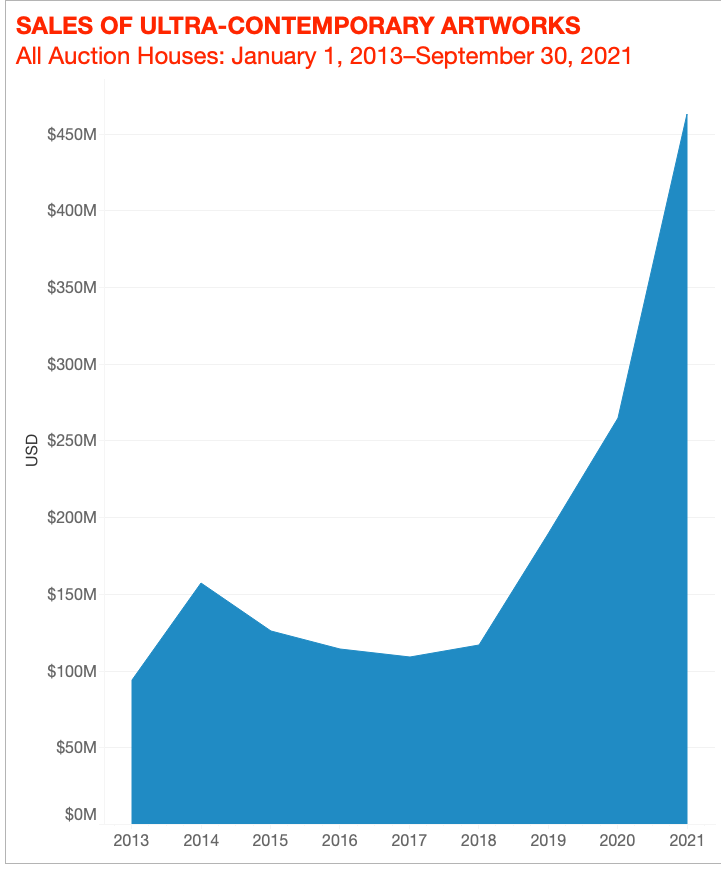
© 2021 Artnet Price Database and Artnet Analytics.
As someone who sports the same year-round complexion as sexy European vampires throughout horror-movie history, I feel strangely vindicated by the auction market’s rampant thirst for fresh blood. And there is no better visualization of how extreme things have gotten than the chart above.
Ultra-contemporary art—our term for work made by artists born after 1974—is now hands-down the fastest-growing segment of the fine-art auction market. From January through September 2021, the houses hammered down $462.5 million worth of lots from this category. That’s 75 percent more than they sold during all of 2020! No other genre even approaches that power surge.
Is this the result of some kind of satanic bargain, or just market forces working their own kind of black magic? Click through for Julia Halperin’s tip-to-tail explainer.
____________________________________________________________________________
“[L]ocal galleries need to wake up, learn to compete with the real deal, and survive the market change.”
—HeeJin Park, Kukje Gallery veteran and director of Gladstone Gallery’s recently announced Seoul location, on how the influx of international dealers to Korea should elevate the game of homegrown galleries. (The Art Newspaper)
____________________________________________________________________________
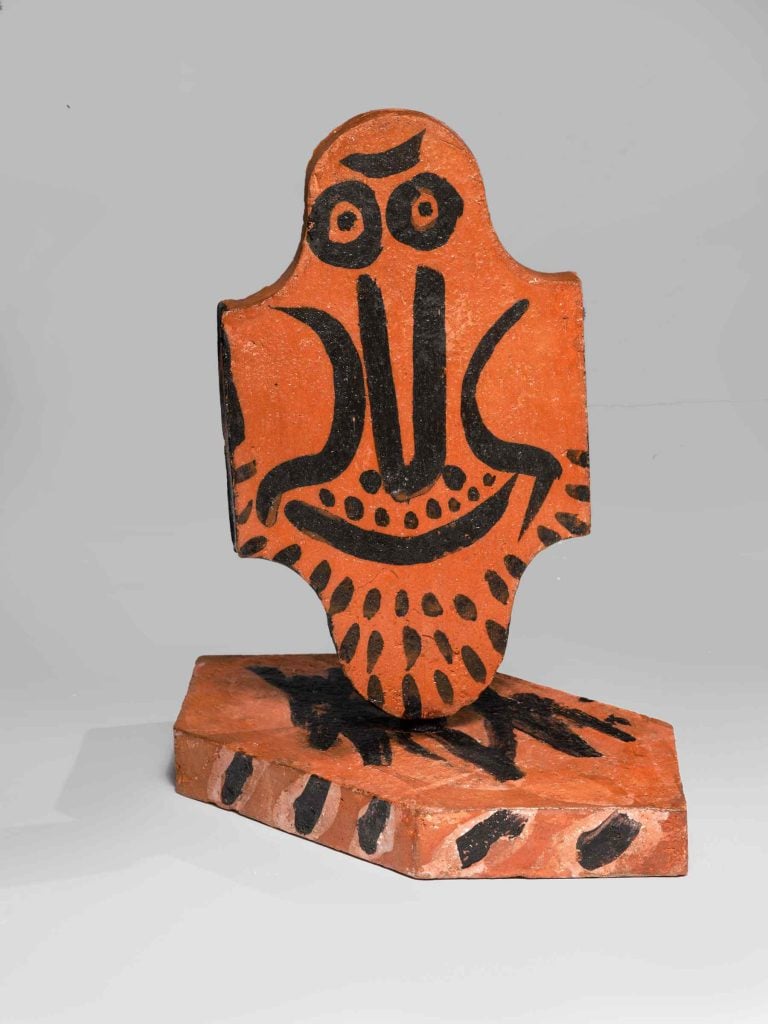
Pablo Picasso, Tête d’homme barbu (front) (1956). Courtesy of Sotheby’s.
____________________________________________________________________________
Estimate: $50,000 to $70,000
Sale Price: $239,400
Sold at: Sotheby’s “Masterworks from the MGM Resorts Fine Art Collection”
We all know seductive works by hellfire-hot living artists can be rapidly and repeatedly resold at auction during market booms like the one we’re experiencing in the ultra-contemporary genre this year. But sometimes the most flipped works still come from the hands of long-dead talent.
Take Picasso’s Tête d’homme barbu (1956). The jaunty double-sided ceramic scared up a premium-inclusive $239,400 at Sotheby’s Sin City-set sale of works owned by MGM Resorts last Saturday. That the piece brought nearly 3.5 times its high estimate becomes even more impressive once you know this was the sixth time it has been sold—and the tenth time it has been offered—at auction since 1980. (The work was bought-in at four different sales between April 1990 and December 1996, according to the Artnet Price Database.)
On average, then, Tête d’homme barbu has reappeared under the hammer once every 4.1 years. Hilariously (or eerily), that is exactly the same rate at which legendary horror-movie villain Freddy Krueger has been resurrected by Hollywood for sequels and reboots of A Nightmare on Elm Street; Freddy has unleashed his scissor-fingered mayhem across nine films between 1984 and 2021—an average of once ever 4.1 years.
I’m pretty confident that’s just a Halloween coincidence. But either way, I know for sure which grinning, fire-baked face I’d rather see in my dreams tonight!
____________________________________________________________________________
Additional reporting and writing by Naomi Rea.